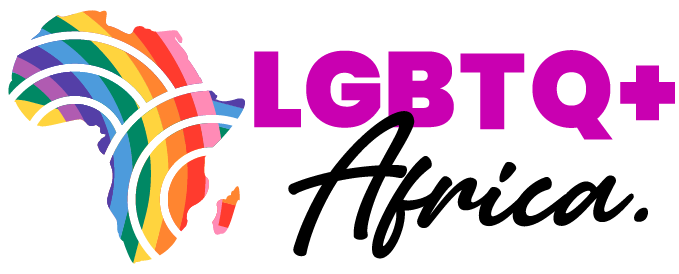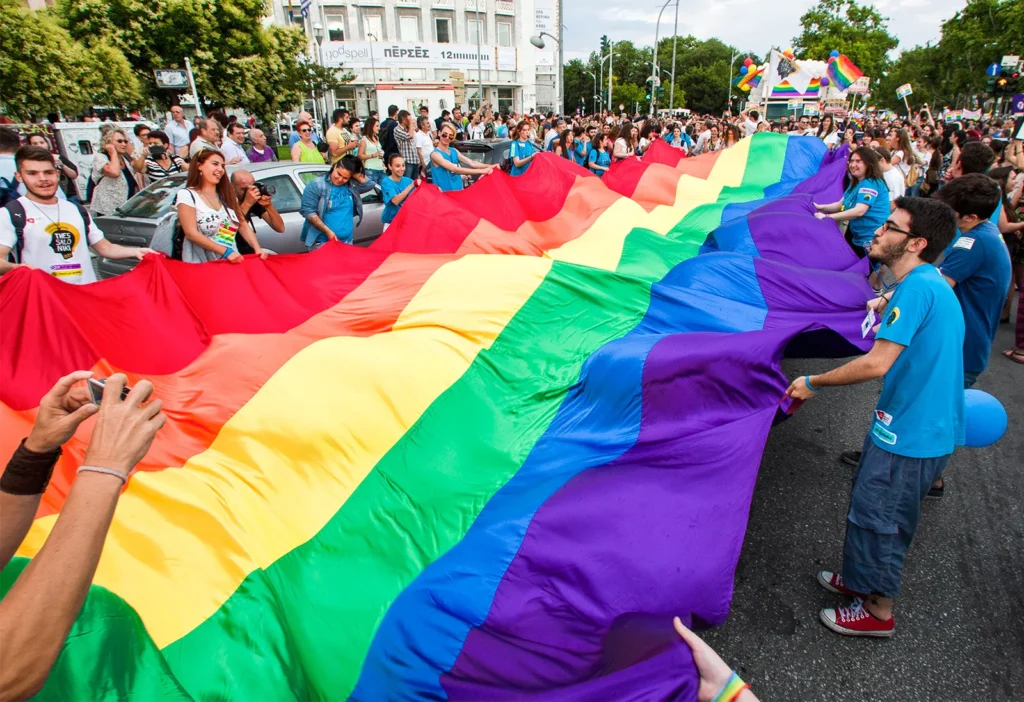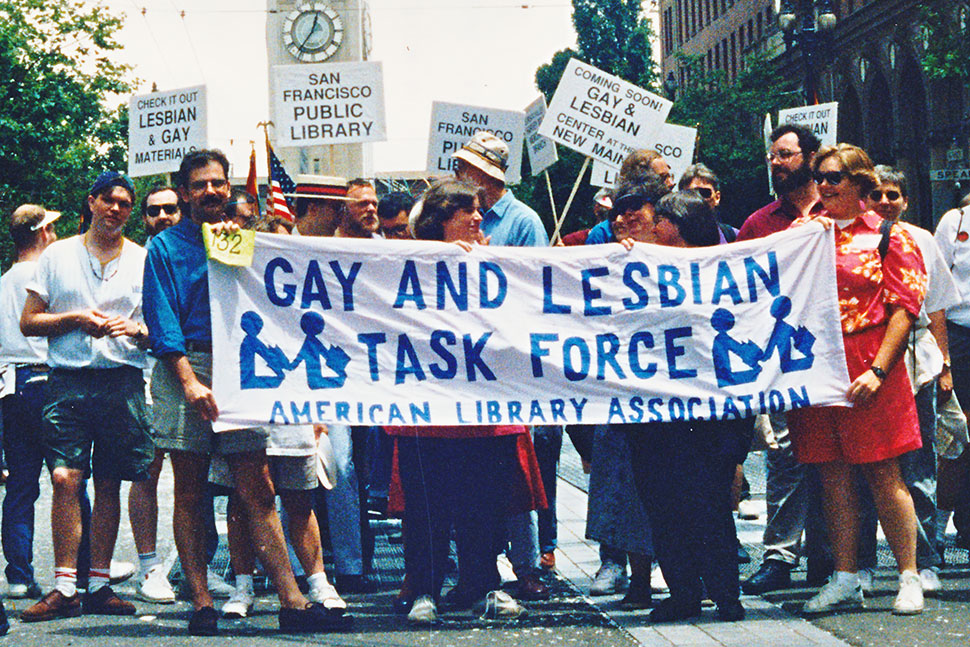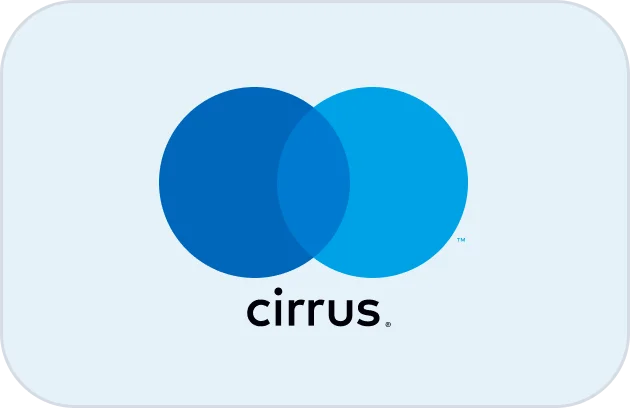In a world where LGBTQ+ individuals in many countries face persecution, violence, and systemic discrimination, The Rainbow Riots stands as a powerful testament to the resilience and creativity of queer communities. Founded by Swedish artist and activist Petter Wallenberg, The Rainbow Riots is a music and activism project that brings together LGBTQ+ artists from countries where homosexuality is criminalized. Through music, storytelling, and advocacy, the project challenges stigma, promotes visibility, and fights for LGBTQ+ rights on a global scale.
Origins of The Rainbow Riots
The Rainbow Riots was born out of Petter Wallenberg’s desire to use music as a tool for social change. Wallenberg, a musician and LGBTQ+ rights advocate, was inspired by the resilience of queer communities in countries where homosexuality is illegal. He recognized the power of music to transcend borders, break down barriers, and unite people in the fight for equality.
The project began in 2016, with Wallenberg traveling to Uganda, one of the most dangerous countries in the world for LGBTQ+ individuals. There, he collaborated with local LGBTQ+ activists and artists to create music that reflected their experiences of oppression, resilience, and hope. This initial collaboration laid the foundation for what would become The Rainbow Riots.
The Mission
The Rainbow Riots has a clear and powerful mission: to amplify the voices of LGBTQ+ individuals from countries where homosexuality is criminalized and to use music as a tool for activism and social change. The project seeks to:
- Challenge stigma and discrimination by sharing the stories of LGBTQ+ individuals through music and art.
- Promote visibility for queer communities in regions where they are often forced to live in secrecy.
- Advocate for LGBTQ+ rights by raising awareness about the challenges faced by queer individuals in countries with anti-LGBTQ+ laws.
- Foster solidarity between LGBTQ+ communities globally, creating a sense of unity and shared purpose.
Key Projects and Collaborations
The Rainbow Riots has undertaken several groundbreaking projects, each highlighting the struggles and triumphs of LGBTQ+ individuals in different parts of the world.
- The Rainbow Riots Album (2018): The project’s debut album, The Rainbow Riots, features collaborations with LGBTQ+ artists from Uganda, South Africa, Jamaica, and other countries where homosexuality is criminalized. The album blends genres like pop, dance, and traditional African music, creating a vibrant and powerful sound. Songs like “We Are the Rainbow Riots” and “Kuchu” (a term used to describe LGBTQ+ individuals in Uganda) celebrate queer identity and resilience, while also addressing the challenges of living in hostile environments.
- The Rainbow Riots Choir: The Rainbow Riots Choir is a collective of LGBTQ+ refugees and activists from countries like Uganda, Kenya, and Somalia. Based in Nairobi, Kenya, the choir uses music to heal, empower, and advocate for change. The choir has performed at events around the world, including the Stockholm Pride Festival, where they shared their stories and songs with international audiences.
- “Kuchu Times” Documentary: The Rainbow Riots project has been documented in films and short videos that highlight the lives and struggles of the artists involved. These documentaries provide a raw and intimate look at the realities of being LGBTQ+ in countries where homosexuality is criminalized. The films have been screened at international film festivals, bringing global attention to the issues faced by queer communities in Africa and beyond.
- Collaborations with Global Artists: The Rainbow Riots has collaborated with internationally renowned artists, including Mykki Blanco, an American rapper and LGBTQ+ activist. These collaborations help to bridge the gap between local and global LGBTQ+ movements, fostering a sense of solidarity and shared purpose.
Impact and Achievements
The Rainbow Riots has had a profound impact on both the LGBTQ+ communities it represents and the broader fight for queer rights worldwide.
- Amplifying Marginalized Voices: By providing a platform for LGBTQ+ artists from countries where homosexuality is criminalized, The Rainbow Riots has amplified voices that are often silenced or ignored. The project has helped to humanize the struggles of queer individuals, challenging stereotypes and prejudices.
- Raising Awareness: Through its music, films, and performances, The Rainbow Riots has raised awareness about the challenges faced by LGBTQ+ individuals in countries with anti-LGBTQ+ laws. The project has sparked important conversations about the need for global solidarity and action.
- Empowering LGBTQ+ Communities: For many of the artists involved, The Rainbow Riots has been a source of empowerment and healing. The project provides a safe space for queer individuals to express themselves, connect with others, and find strength in their shared experiences.
- Advocating for Change: The Rainbow Riots is not just about raising awareness—it’s about driving change. The project advocates for the decriminalization of homosexuality, the protection of LGBTQ+ rights, and the creation of more inclusive societies.
Challenges and Controversies
The Rainbow Riots has faced its share of challenges and controversies. In countries where homosexuality is criminalized, the project’s work is often met with hostility and resistance. Many of the artists involved face significant risks, including violence, arrest, and social ostracism. Despite these challenges, The Rainbow Riots continues to push forward, driven by a belief in the power of music and art to create change.
The Road Ahead
The Rainbow Riots is more than just a music project—it’s a movement. As the fight for LGBTQ+ rights continues, the project remains committed to its mission of amplifying marginalized voices, challenging stigma, and advocating for equality. Key goals for the future include:
- Expanding collaborations with LGBTQ+ artists and activists from more countries.
- Increasing the visibility of queer communities through music, film, and performance.
- Advocating for policy changes that protect LGBTQ+ rights and decriminalize homosexuality.
Conclusion
The Rainbow Riots is a shining example of the power of art and activism to create change. By amplifying the voices of LGBTQ+ individuals from countries where homosexuality is criminalized, the project challenges stigma, promotes visibility, and fights for a more inclusive world. Through music, storytelling, and advocacy, The Rainbow Riots reminds us that everyone deserves to live with dignity, freedom, and pride—no matter who they are or where they come from.
As Petter Wallenberg once said, “Music is a universal language that can break down barriers and bring people together. Through The Rainbow Riots, we are using that language to fight for a world where everyone can be free to be themselves.”












